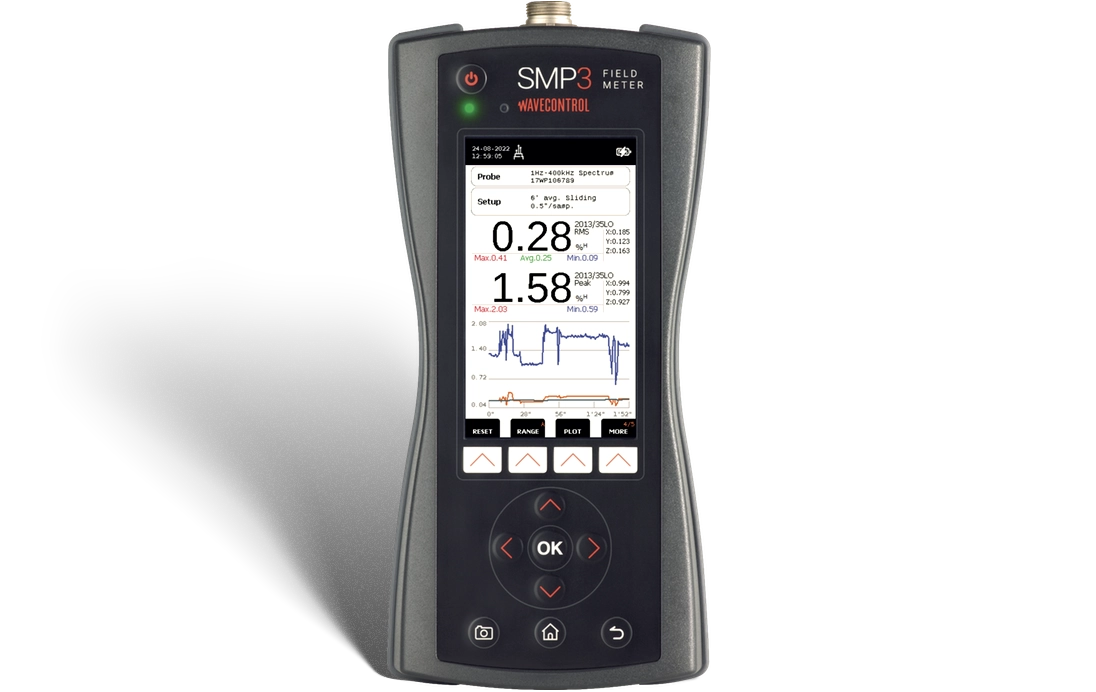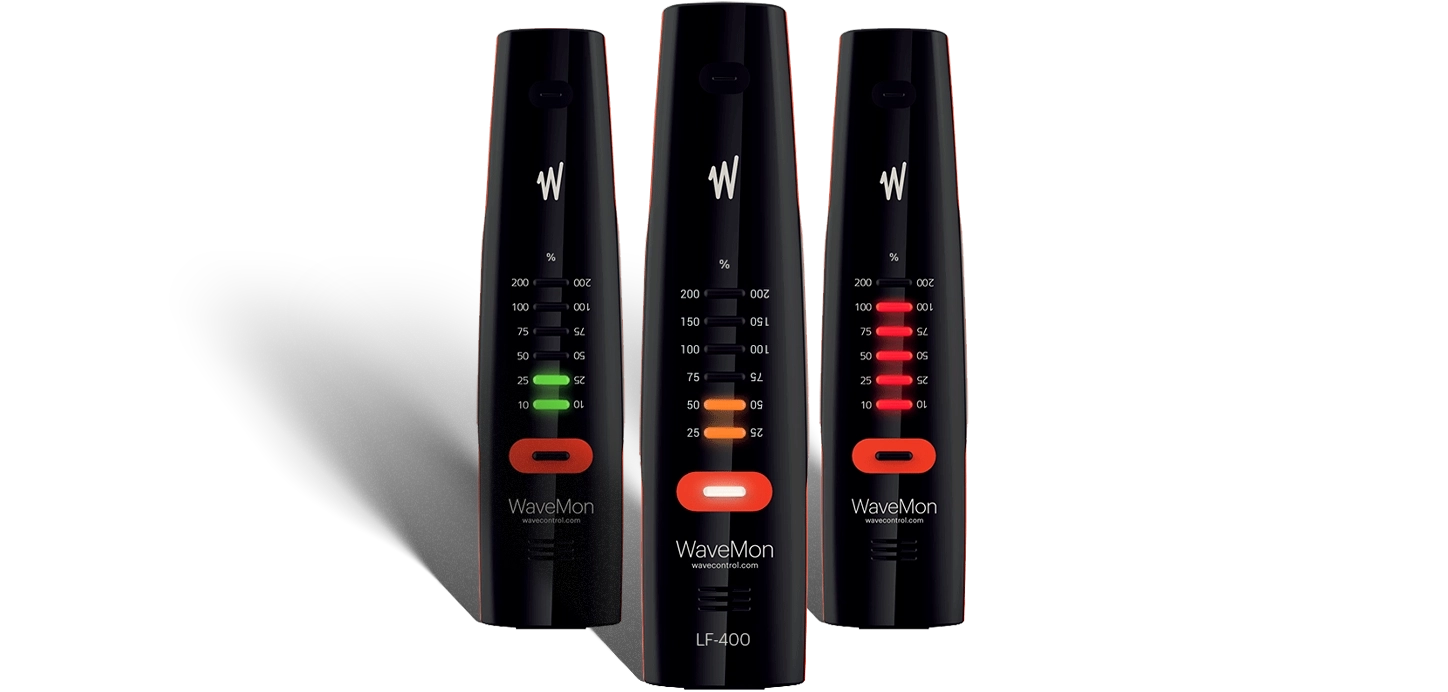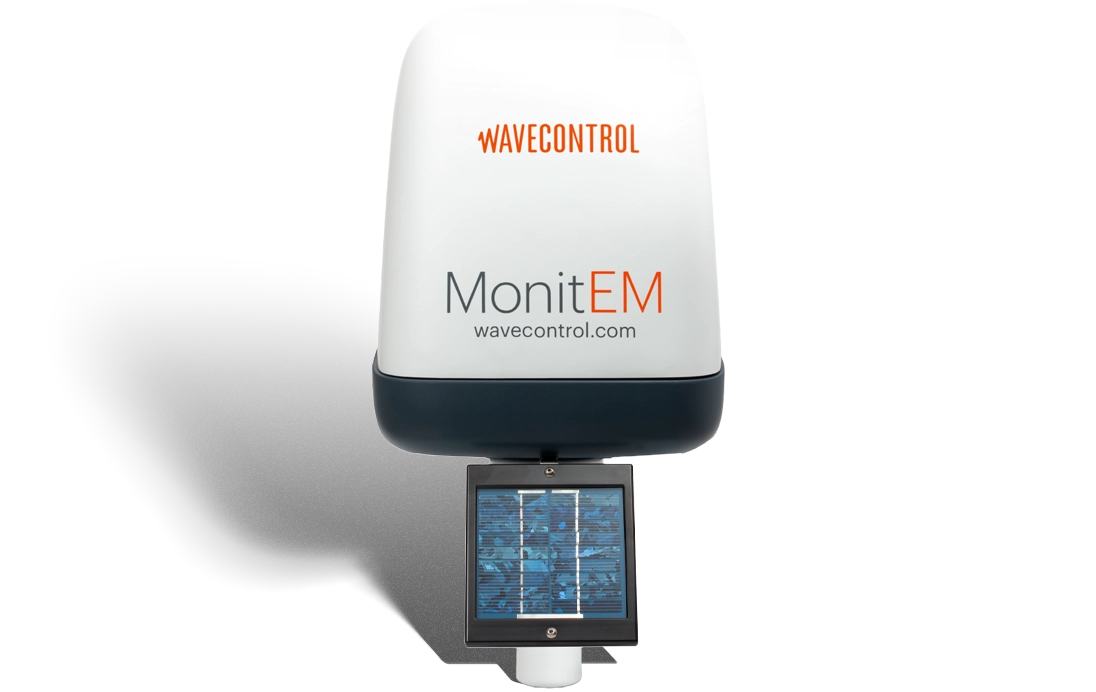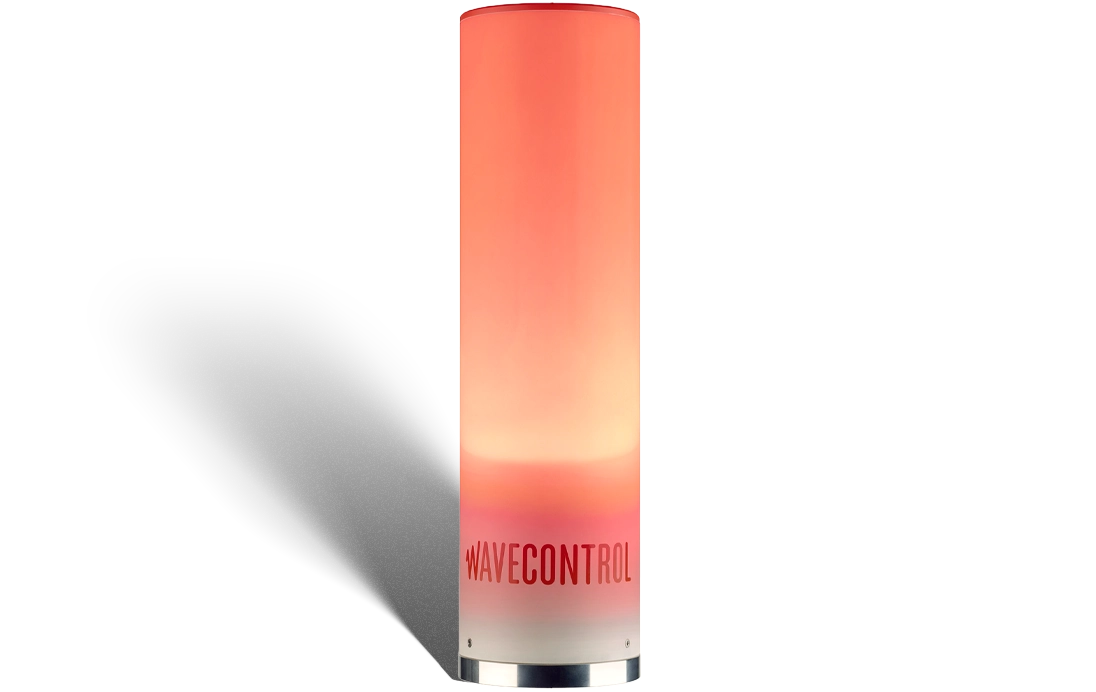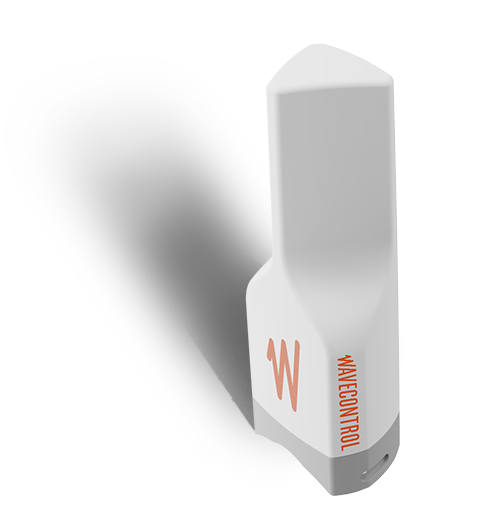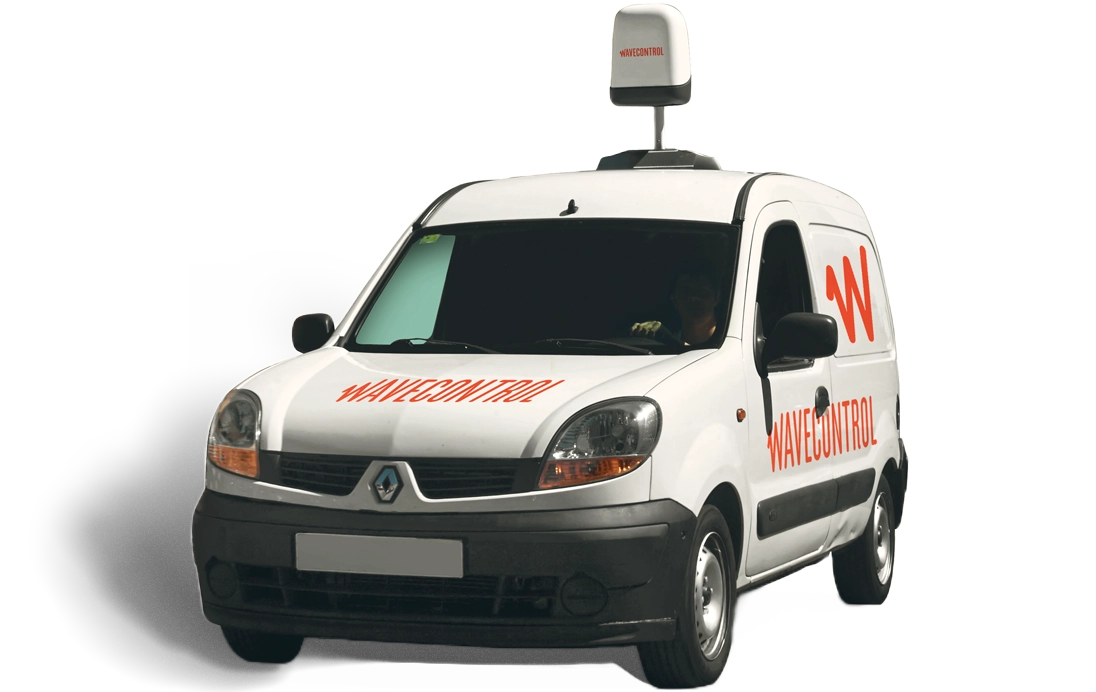SMP3
Medidor de Campos Electromagnéticos
Solución portátil para medir la exposición de las personas a EMF de acuerdo con ICNIRP, IEC, EN, IEEE, Directiva Europea 2013/35/UE, FCC, Código de Seguridad 6 (2015) y otros estándares. Una combinación única de análisis de espectro, mediciones de campo de banda ancha y estática en un solo dispositivo. El medidor SMP3 en combinación con nuestras sondas de campo también se utiliza para la certificación de productos, verificando que las emisiones de los productos estén por debajo de los límites estándar.
3 instrumentos en 1
Análisis Espectral, Medidor de Campo Estático y de Banda Ancha
Directiva 2013/35/UE
Seguridad de los trabajadores – Niveles de exposición a EMF
Análisis de espectro
FFT en tiempo real hasta 10 MHz
Mediciones de banda ancha
Desde DC hasta 90 GHz (dependiendo de la sonda)
Salida digital
Para mediciones externas en tiempo real
Sondas de campo compatibles
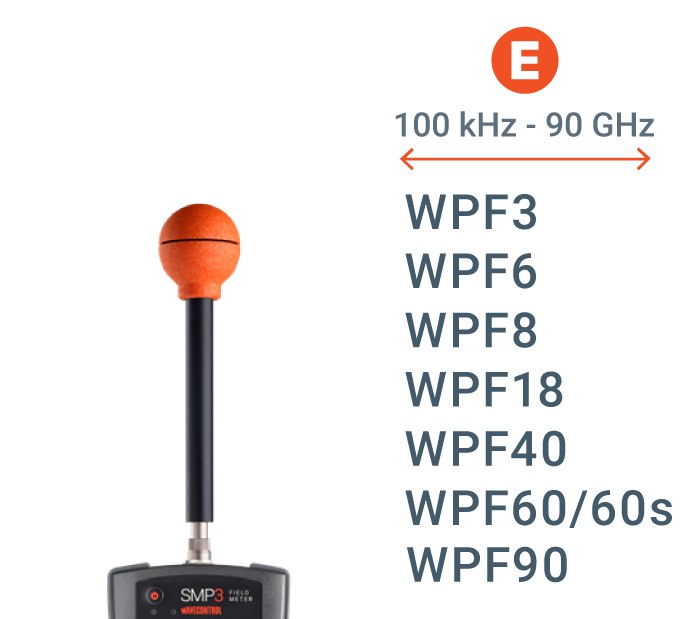
MonitEM
Monitorización Continua de EMF
Medición continua de campos electromagnéticos de niveles de exposición a radiación no ionizante (NIR) generada por instalaciones de telecomunicaciones u otras fuentes de radiación.
Recomendación ITU-T K.83
De acuerdo con la Unión Internacional de Telecomunicaciones
Monitorización 24/7
Monitorización permanente las 24 horas del día
Protección IP 66
Construido para soportar condiciones climáticas extremas
Centro de control
Software opcional para la gestión del sistema
MonitEM-IoT
Monitoreo de RF en exteriores: Medición continua de campos electromagnéticos en entornos inteligentes y cada vez más conectados para la evaluación de la exposición humana. Versión especial de MonitEM diseñada para Ciudades Inteligentes, etc.
wavecontrol
Ciudades Inteligentes
Entorno cada vez más digital y conectado
wavecontrol
Fácil de instalar y configurar
El MonitEM-IoT está diseñado para una implementación sin esfuerzo
wavecontrol
Bajo mantenimiento
MonitEM-IoT, construido para durar: Bajo Mantenimiento y Alta Fiabilidad
wavecontrol
Centro de Control
Software opcional para la gestión del sistema
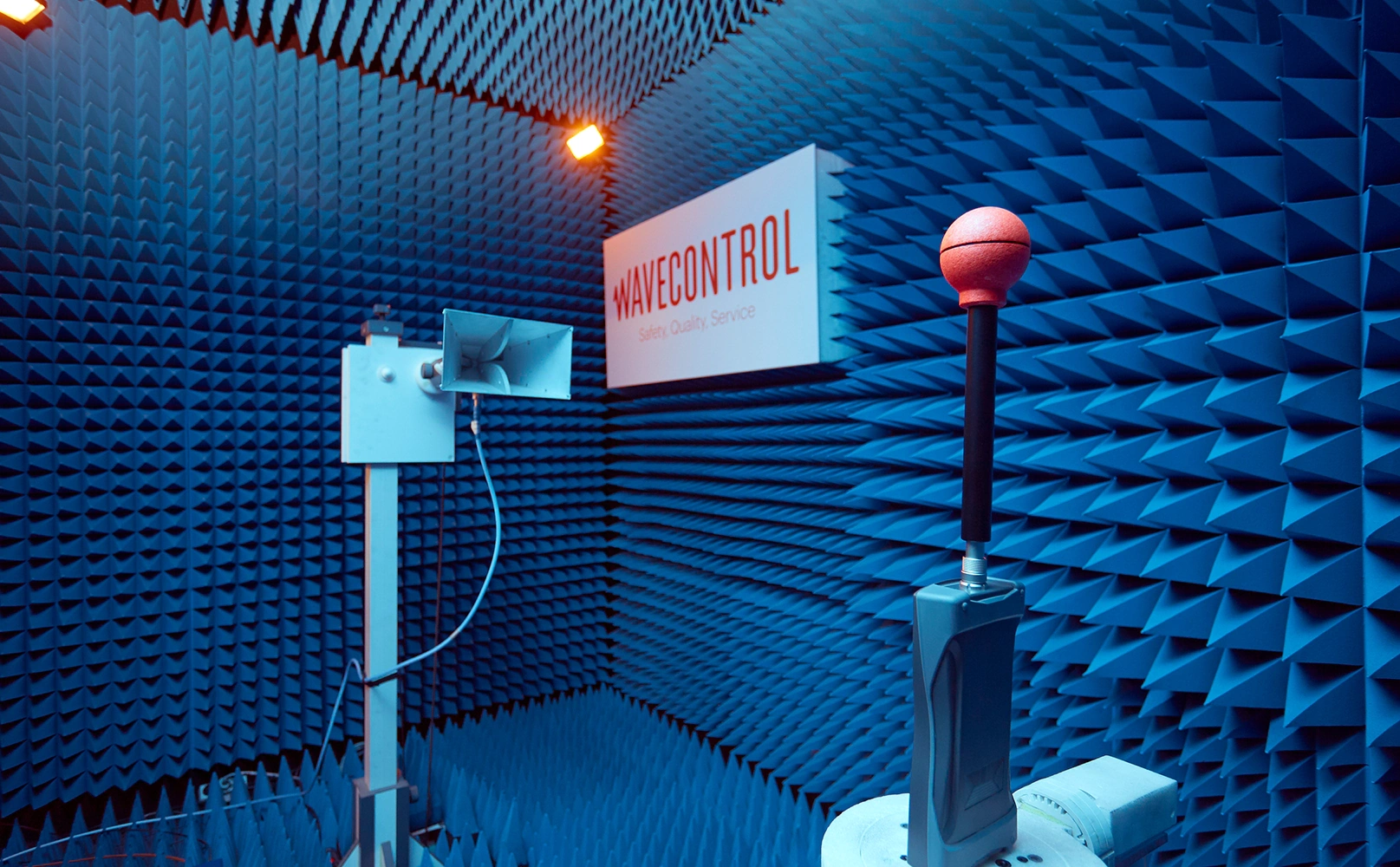
wavecontrol
Calibraciones
Wavecontrol ofrece ISO 17025 calibraciones oficiales acreditadas a través de LabCal, nuestro propio laboratorio de calibración con sede en Barcelona, España. LabCal Wavecontrol se especializa en la calibración de sondas de campo E y H. Con nuestra experiencia en más de 6,000 calibraciones acreditadas hasta la fecha, LabCal está completamente equipado para permitirnos calibrar desde el campo estático (0 Hz) hasta 40 GHz.
¿Necesita calibrar un producto Wavecontrol o de un tercero?
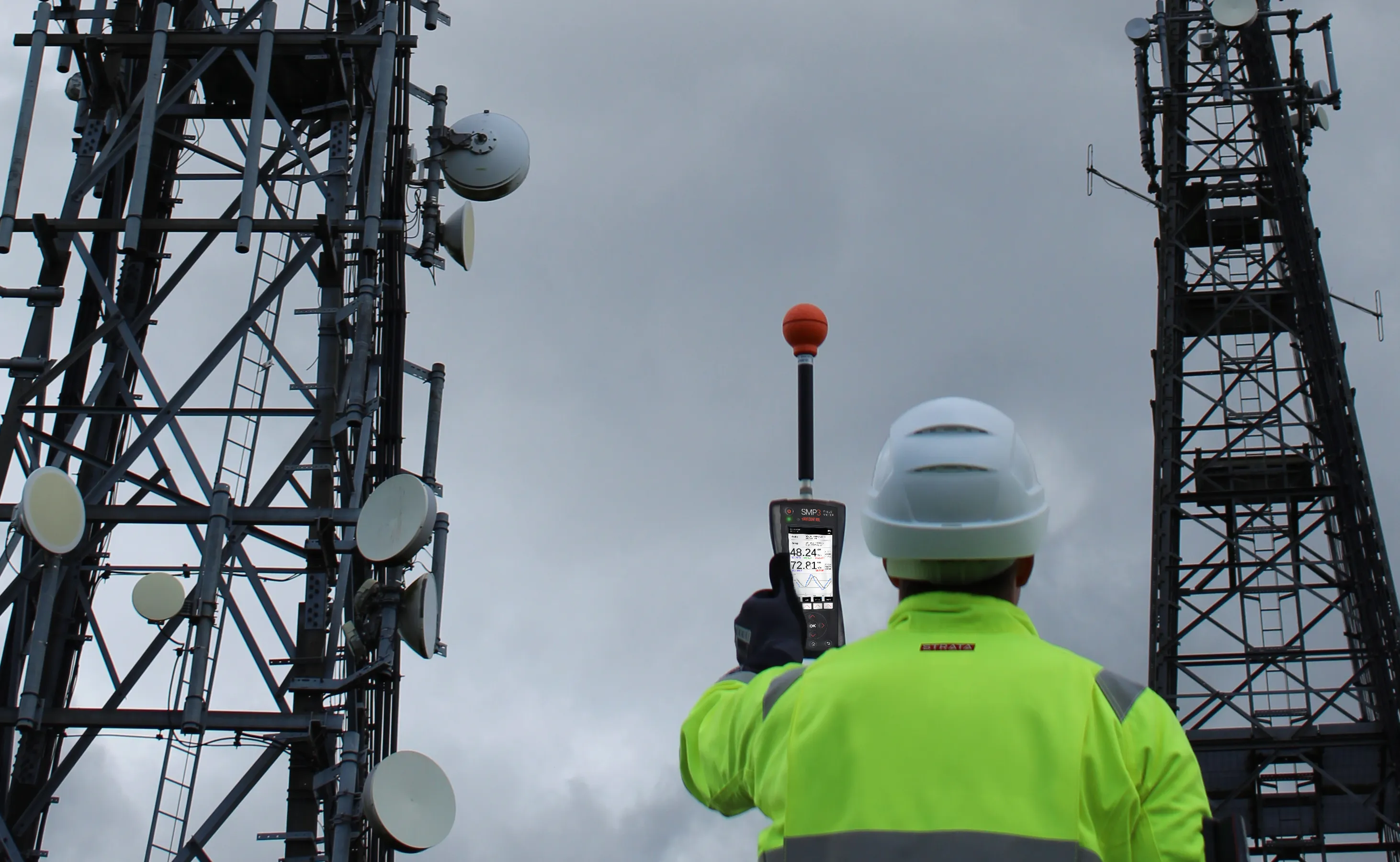
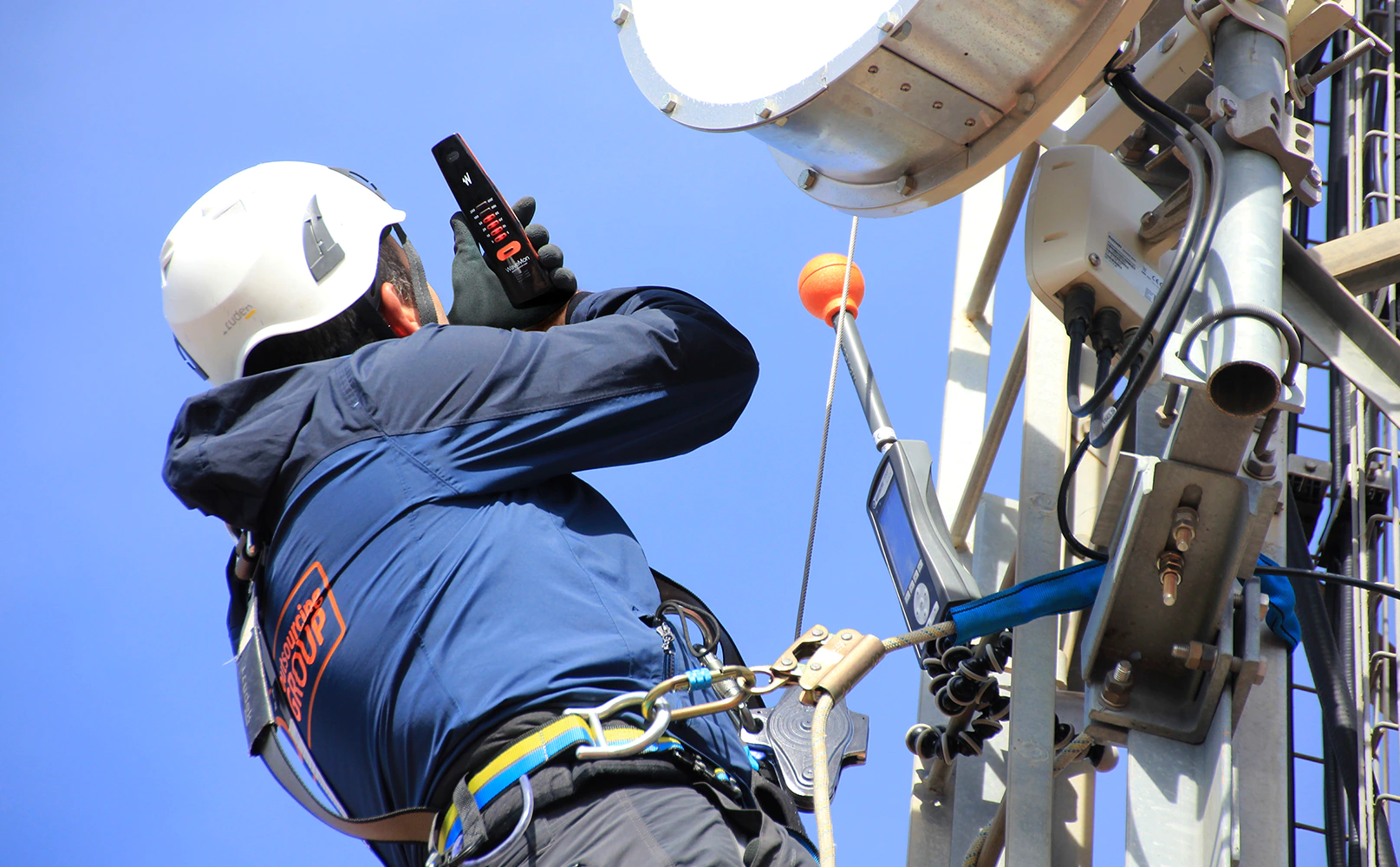
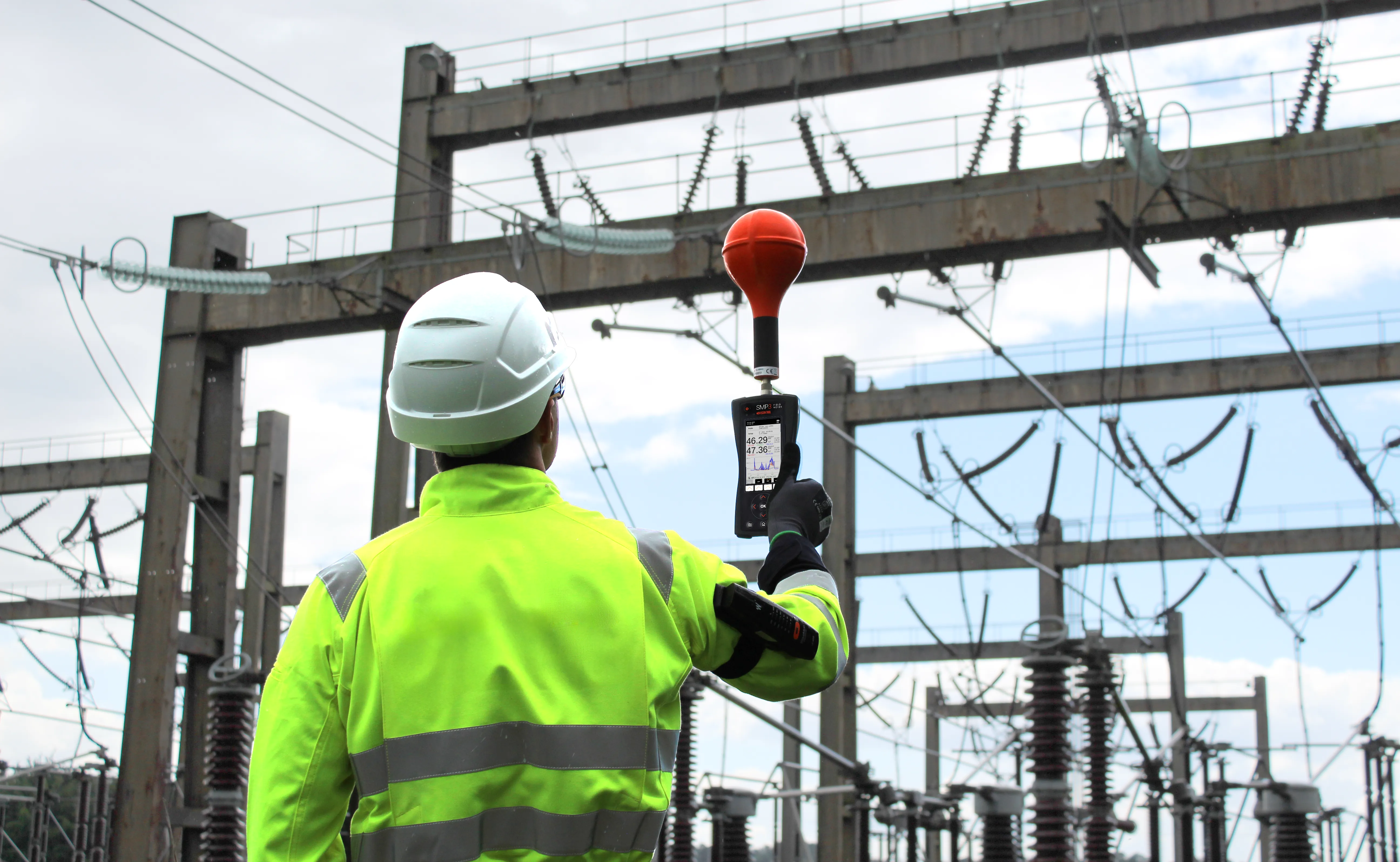
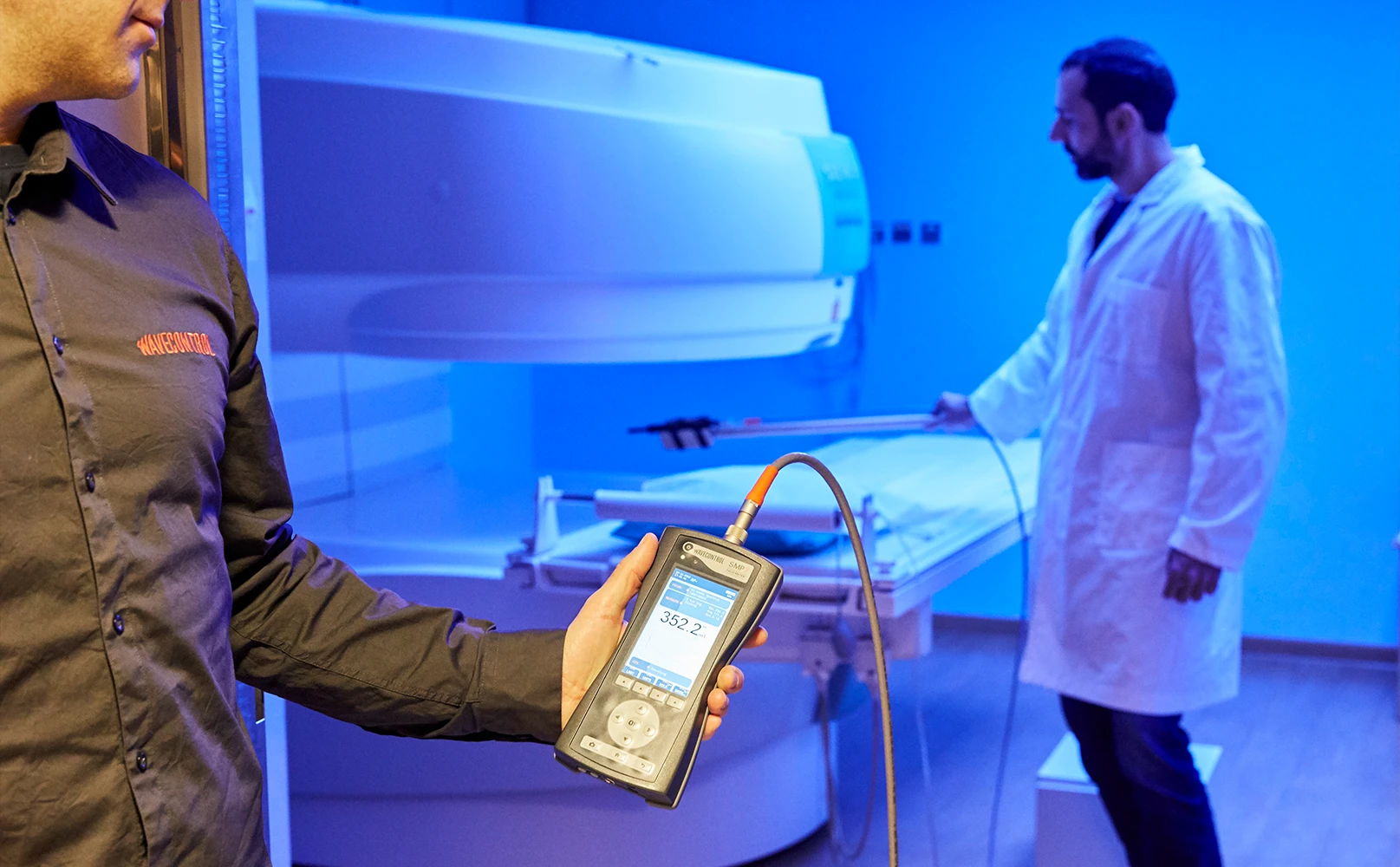
Soluciones a medida para múltiples sectores
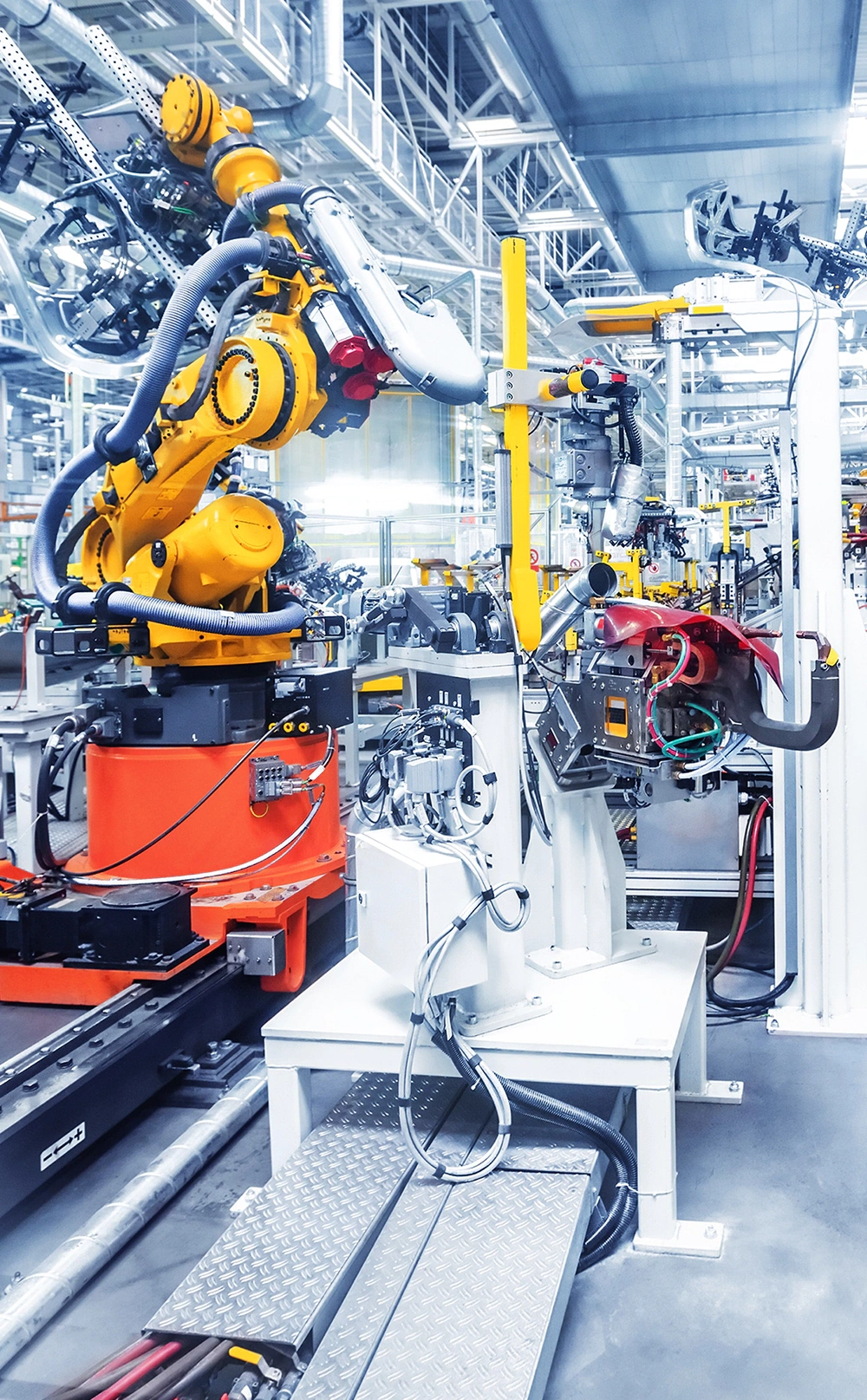
Automoción
Los conductores y pasajeros de vehículos están expuestos a campos magnéticos de baja frecuencia significativos emitidos por diferentes componentes eléctricos y electrónicos en estos vehículos. Con una mayor demanda de autos eléctricos para minimizar la contaminación y promover la descarbonización, existe un mayor riesgo de CEM que debe ser evaluado para asegurar que los usuarios del vehículo estén protegidos de la sobreexposición a CEM. Las organizaciones internacionales y los fabricantes de automóviles han desarrollado estándares para verificar que los vehículos automotores cumplan con las regulaciones de seguridad EMC nacionales e internacionales. Esta evaluación debe realizarse desde DC hasta 400 kHz. Algunos de los estándares que definen estos procedimientos para evaluar los campos magnéticos de baja frecuencia en vehículos incluyen IEC 62764, GB/T 37130, MBN 10284-2, PSA-MR02 B217110 y muchos otros.

Industria
La exposición de los trabajadores a campos electromagnéticos debe ser monitoreada para su seguridad en una amplia gama de áreas industriales, maquinaria y procesos de fabricación. Algunos ejemplos incluyen calentamiento por inducción, sistemas y procesos de soldadura, calentamiento por radiofrecuencia (RF), equipos de templado y secado, procesos químicos (electrólisis), etc. Los electrodomésticos también generan campos electromagnéticos que deben ser medidos y evaluados antes de que puedan salir al mercado. Los estándares de referencia aplicables incluyen: EN 50519 (calentamiento por inducción), IEC/EN 62822-1, IEC/EN 62822-2 e IEC/EN 62822-3 (soldadura), IEC 62233 (electrodomésticos), IEC 62493 (iluminación), EN 50527 (trabajadores con dispositivos médicos implantables activos), etc.

Energía
Los campos electromagnéticos de baja frecuencia están asociados principalmente con el suministro de electricidad, a través de la generación, distribución y uso de corriente alterna (AC), y siempre están presentes en nuestro entorno. La electricidad opera a una frecuencia de 50 Hz o 60 Hz, dependiendo del país. Las centrales eléctricas, las líneas de alta y media tensión, los transformadores, los motores eléctricos y las líneas ferroviarias son las principales fuentes de estos campos electromagnéticos. Los estándares de referencia aplicables incluyen: IEC/EN 62110 (sistemas de energía AC), IEC 61786-1 e IEC 61786-2 (medición de campos DC y AC de 1 Hz a 100 kHz).
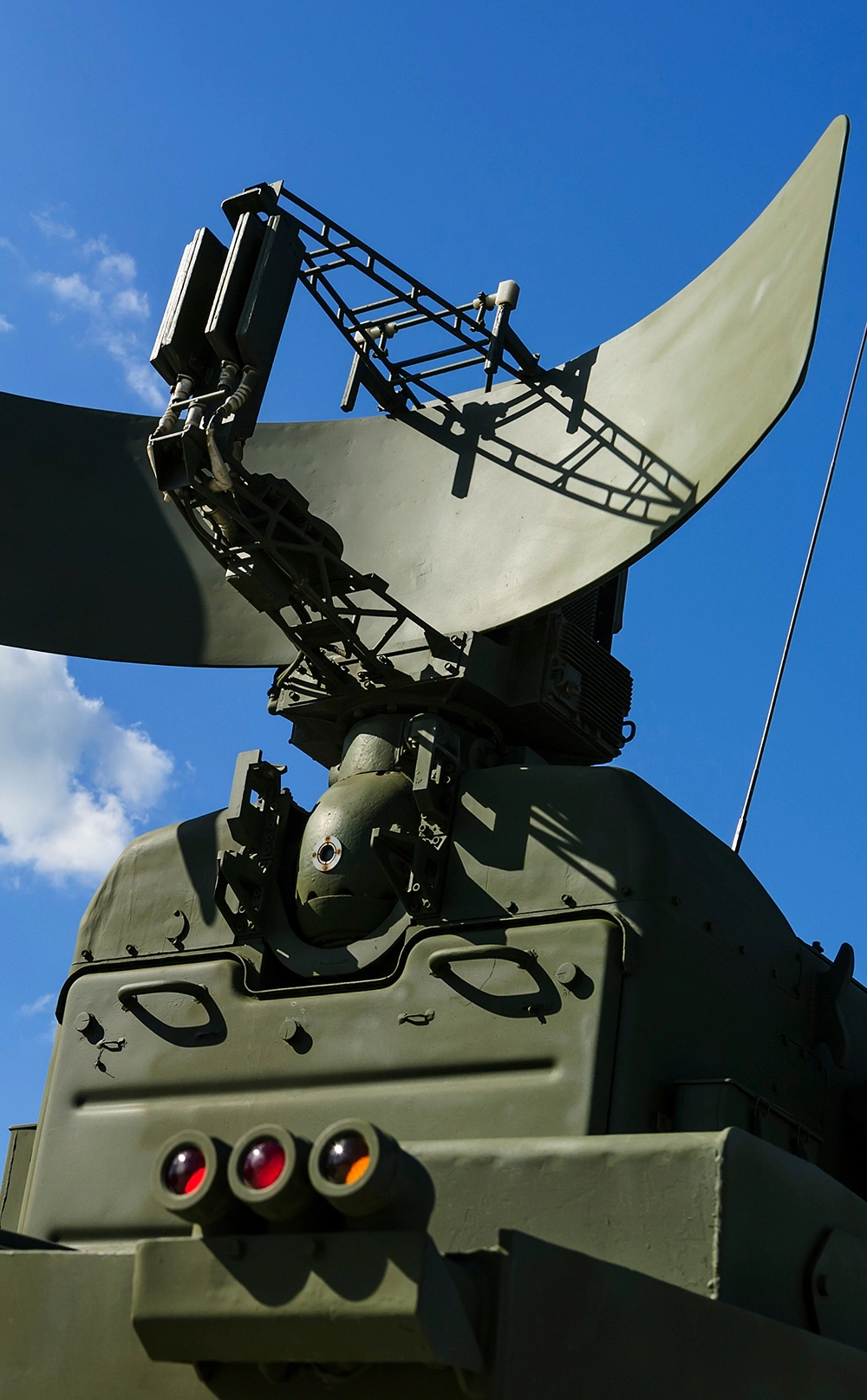
Defensa
Las principales fuentes de radiación electromagnética en el área de defensa son las estaciones de radar, los equipos satelitales, los equipos de comunicación, etc. El SMP2 es particularmente adecuado gracias a su procesamiento digital de alta velocidad que asegura la capacidad de detectar picos de hasta 1 µs. También puede detectar picos aislados de muy alta amplitud gracias a una función especial de autoescalado que adapta el margen dinámico del dispositivo (amplificación) a los niveles necesarios. En el área de defensa podemos encontrar campos eléctricos y magnéticos de baja frecuencia, provenientes de equipos de comunicaciones que operan en varios kilohertz (kHz) hasta gigahertz (GHz). La combinación SMP2 + WP400 + WPF18 es ideal en este caso porque puede cubrir el rango de frecuencia de 1 Hz a 18 GHz con solo dos sondas.
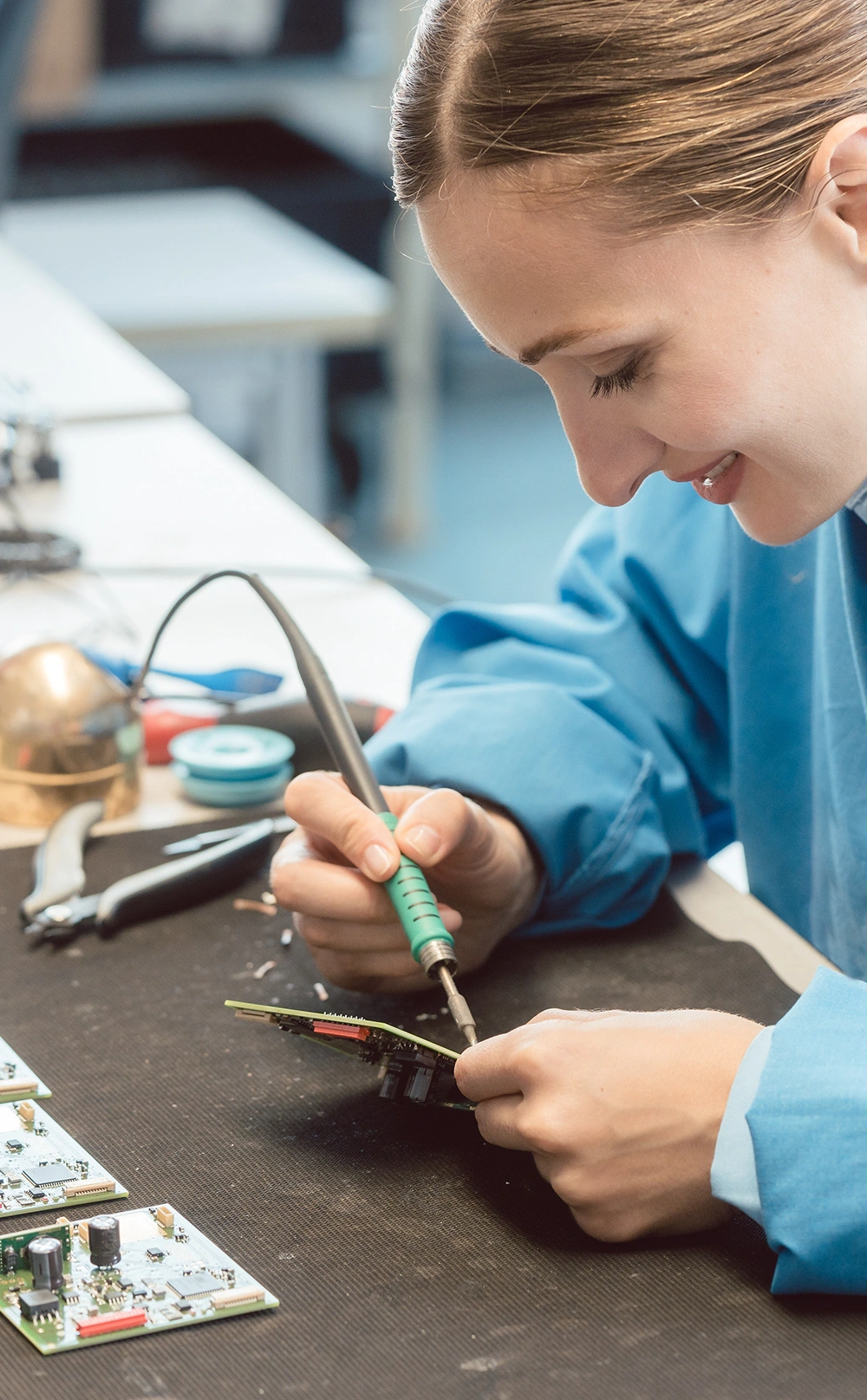
Laboratorios I+D
Los laboratorios eléctricos/electrónicos normalmente utilizan equipos de radiofrecuencia y, por lo tanto, los niveles de radiaciones electromagnéticas pueden ser altos. Esto hace necesario asegurar la seguridad de los trabajadores en relación con la exposición a esos campos electromagnéticos. Para asegurar que no se excedan los niveles permitidos de exposición, los dispositivos ideales son los medidores de banda ancha que pueden medir la exposición total en el rango de frecuencia de trabajo del equipo utilizado. La solución ideal es el SMP3 + la sonda WPF que mejor se adapte al rango de frecuencia en cuestión. Wavecontrol también produce sistemas de medición continua con alarma incorporada, basados en los dispositivos MonitEM, diseñados para monitorear la exposición en este tipo de instalaciones.
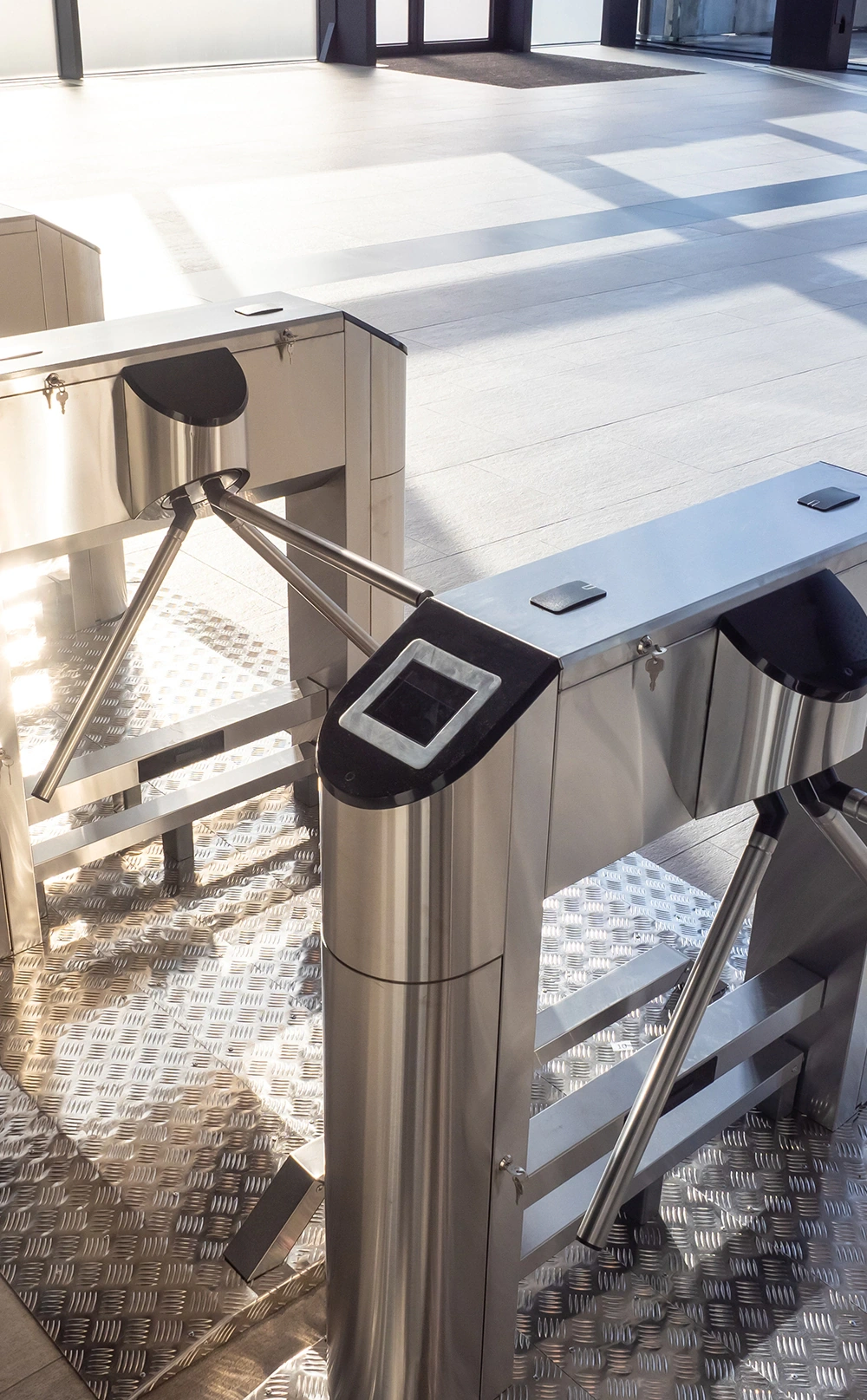
Detección de artículos y personas (RFID/EAS)
Los sistemas de identificación por radiofrecuencia (RFID) y vigilancia electrónica de artículos (EAS) se utilizan comúnmente en espacios públicos, generando campos eléctricos complejos. Las personas que trabajan en espacios cercanos a esos sistemas están expuestas más intensamente que las personas que pasan por ellos. La mayoría de esos sistemas operan en el rango de baja frecuencia. Las normas de referencia aplicables a la exposición a RFID/EAS son: EN 50364 e IEC/EN 62369-1.
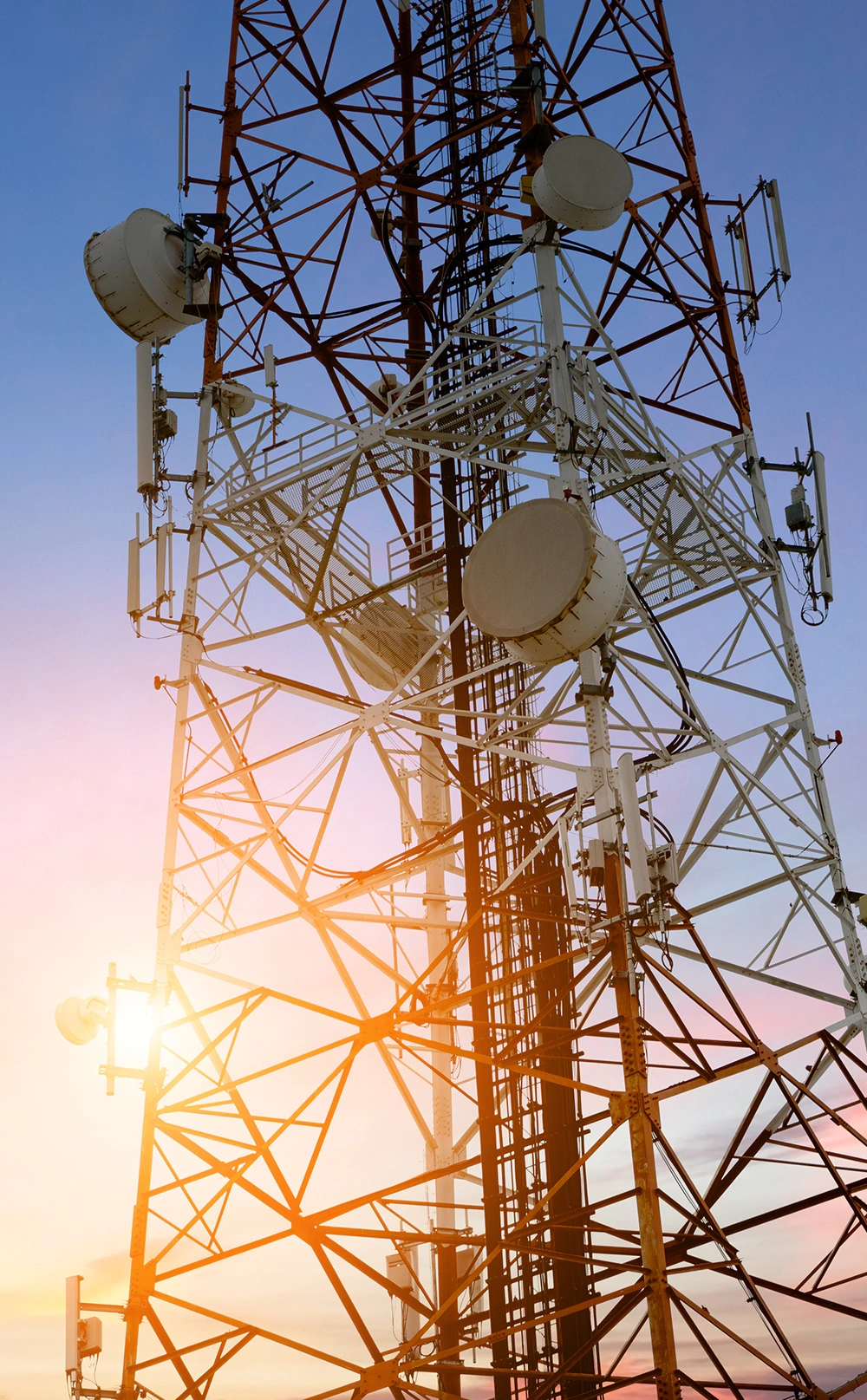
Telecomunicaciones
Los sistemas de telefonía móvil, los sistemas de radiodifusión y otros sistemas de comunicación son las principales fuentes de radiación electromagnética en esta área. Las mediciones a veces se realizan en condiciones de campo lejano, donde el uso de una sonda de campo E (eléctrico) será suficiente (por ejemplo, WPF8). Con transmisores de baja frecuencia, podemos encontrarnos en condiciones de campo cercano y, por lo tanto, también será necesario medir el campo H (magnético) (por ejemplo, WPH60). Es importante que el personal que accede a infraestructuras de telecomunicaciones o sube a torres con elementos radiantes, lo haga con equipo de protección personal como el monitor personal WaveMon, para evitar la sobreexposición. Algunos estándares de referencia internacionales son: IEC 62232 y EN 50492 (estaciones base), EN 50496, EN 50554, EN 50475 y EN 50476 (radiodifusión), EN 50400 y EN 50401 (equipos de radiocomunicación).
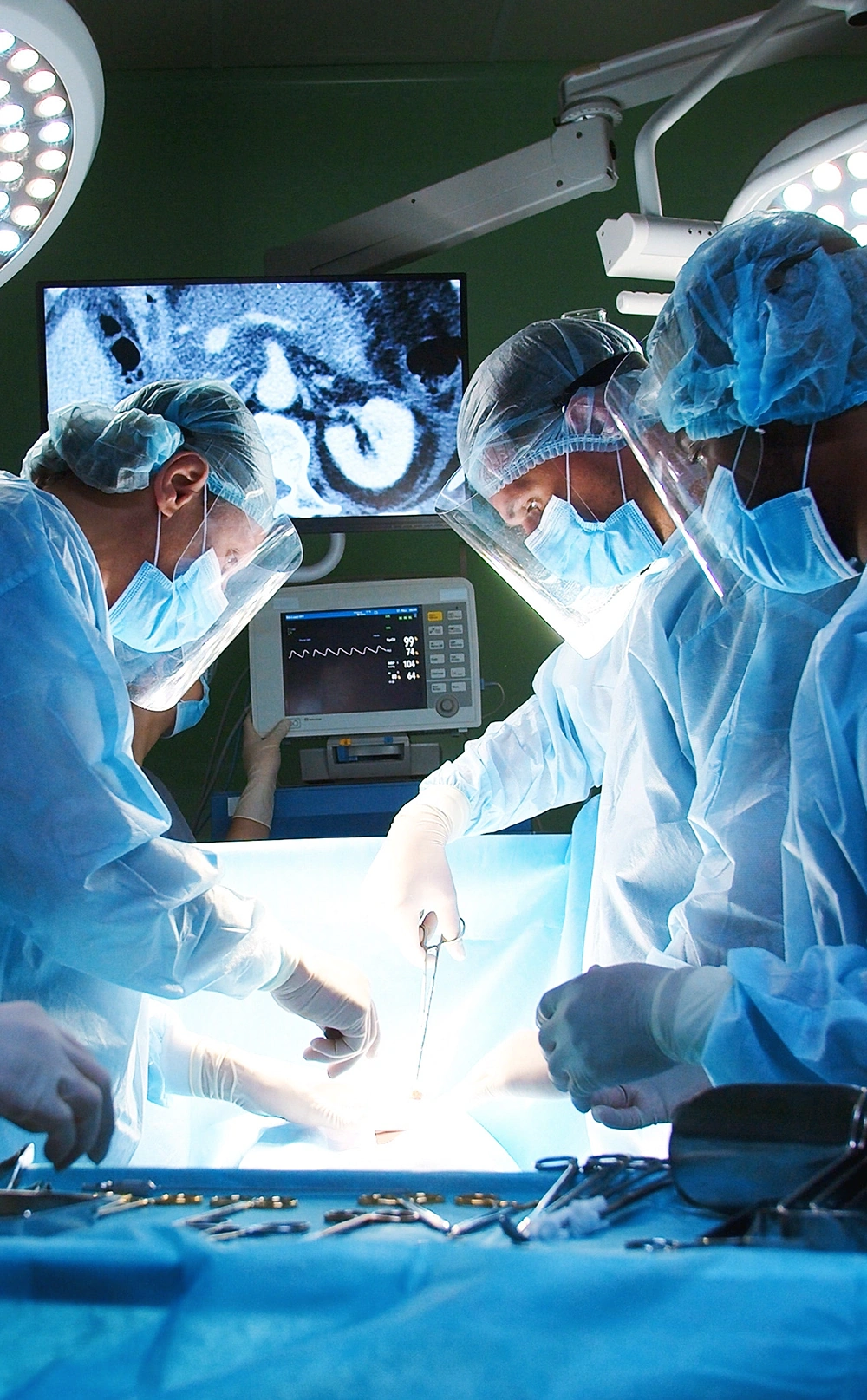
Electromedicina
Los equipos de resonancia magnética, los equipos de diatermia e hipertermia, y los equipos de electrocirugía son las principales fuentes de radiación electromagnética en la industria médica. El personal médico que utiliza ese equipo o trabaja en espacios cercanos está expuesto más intensamente que los pacientes o las personas que pasan por allí, por lo que la exposición dentro del radio de influencia de ese equipo debe ser evaluada y controlada. Esto incluye mediciones a bajas y altas frecuencias utilizando los dispositivos y sondas adecuados con respuesta isotrópica y RMS. La norma aplicable es IEC 60601.

Ferrocarril
La electricidad es muy importante en la industria ferroviaria, ya que permite que los trenes se muevan rápidamente, de manera silenciosa, cómoda y con poca contaminación. Se utiliza energía de alta potencia y baja frecuencia para mover los trenes y frecuencias de radio (RF) para la comunicación. La exposición de las personas a los campos electromagnéticos tanto dentro como fuera de los trenes, cerca de los sistemas de comunicación y en las estaciones debe ser controlada. La norma EN 50500 define los procedimientos para medir los niveles generados en la industria ferroviaria en relación con la exposición humana.
